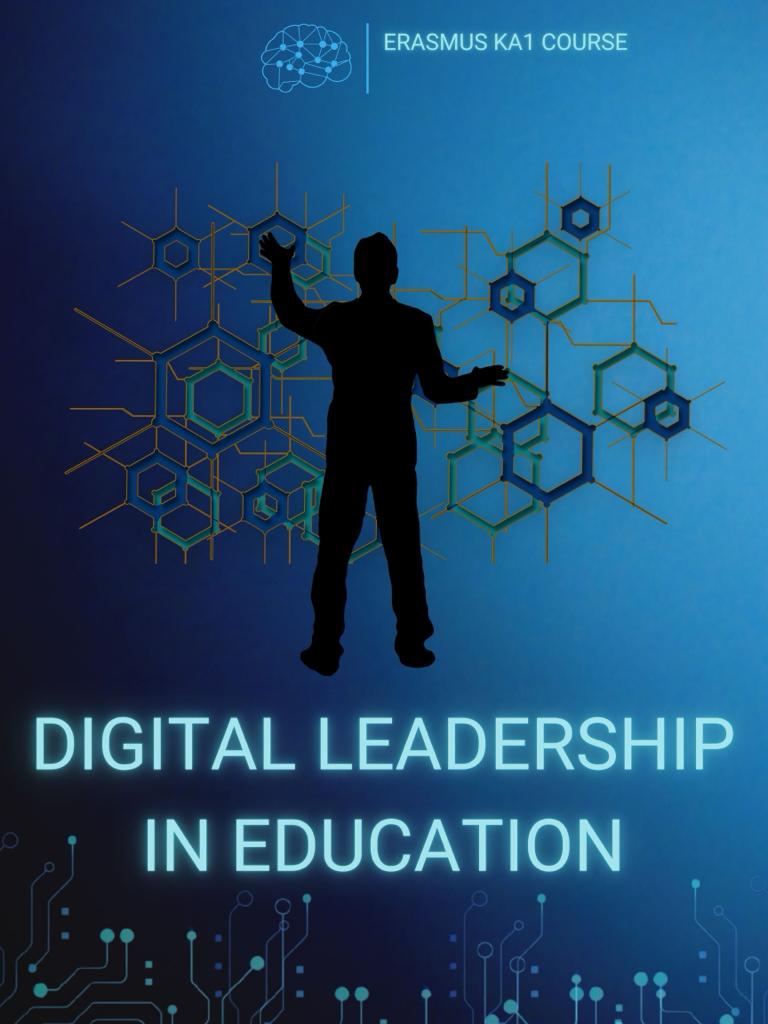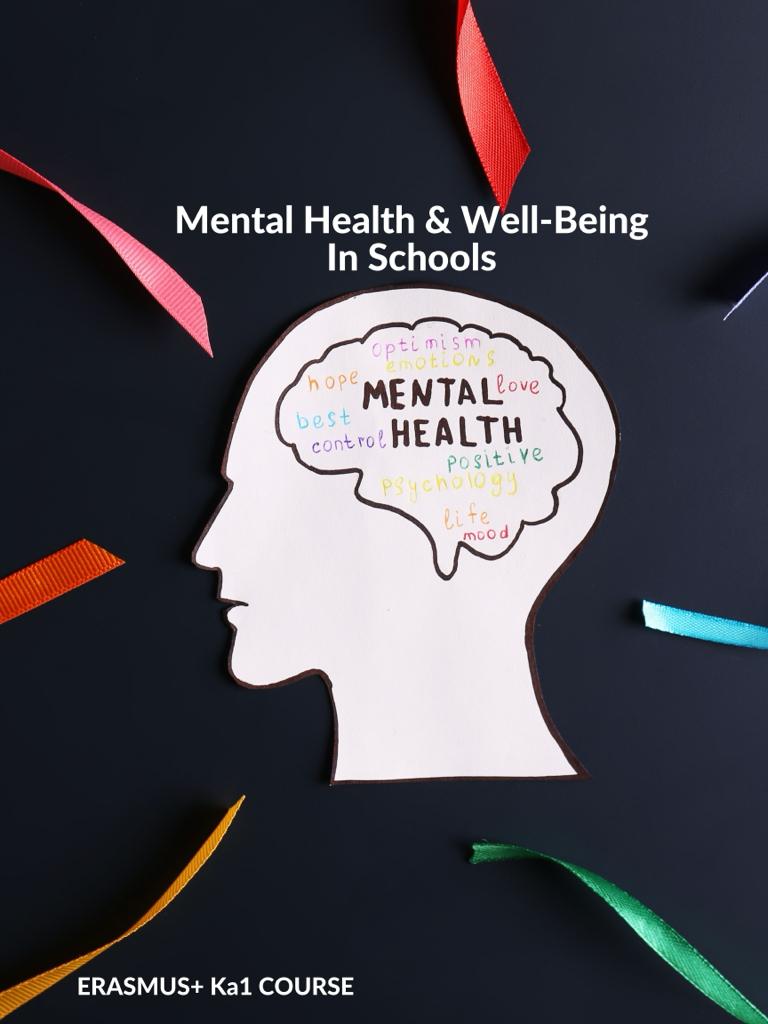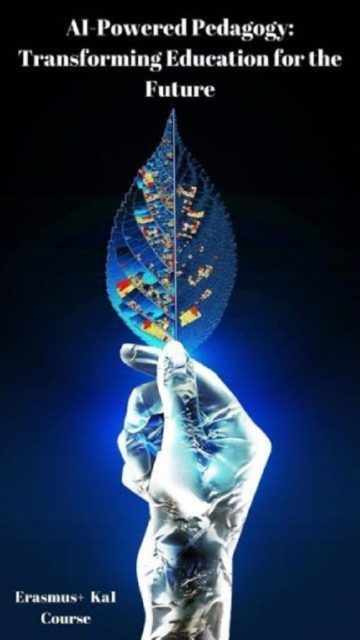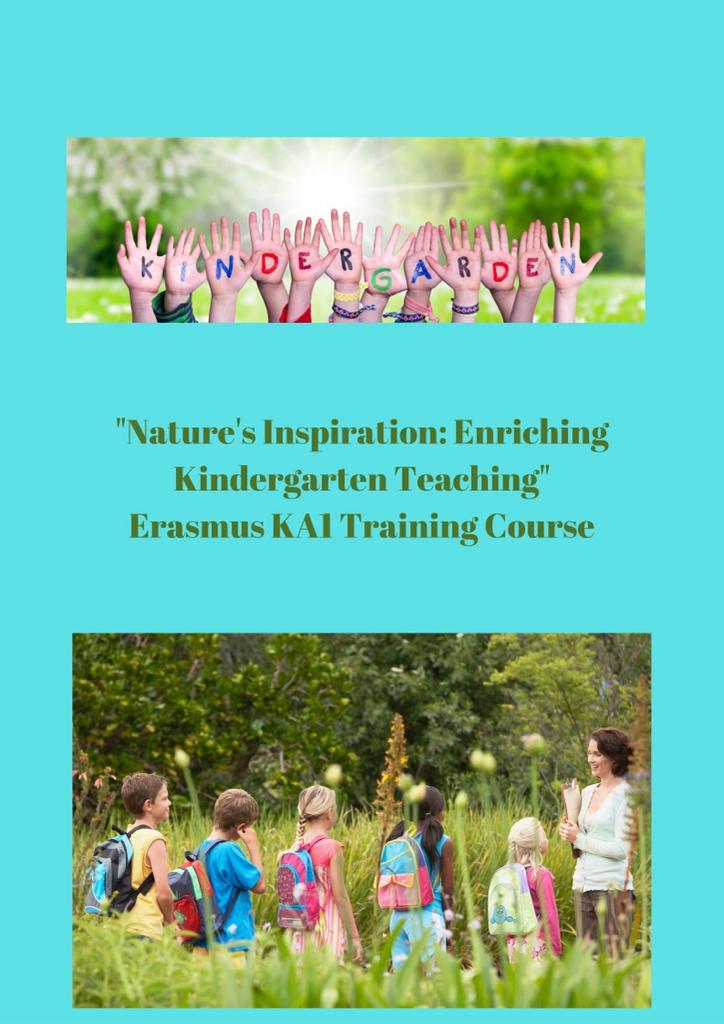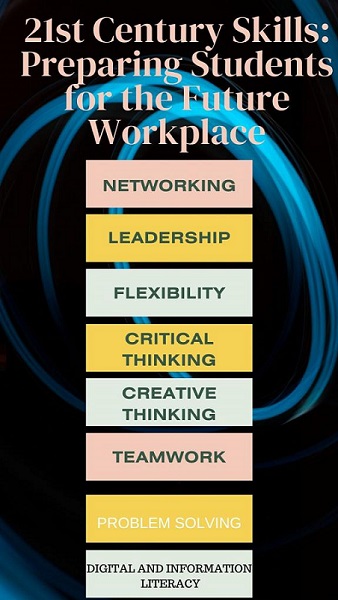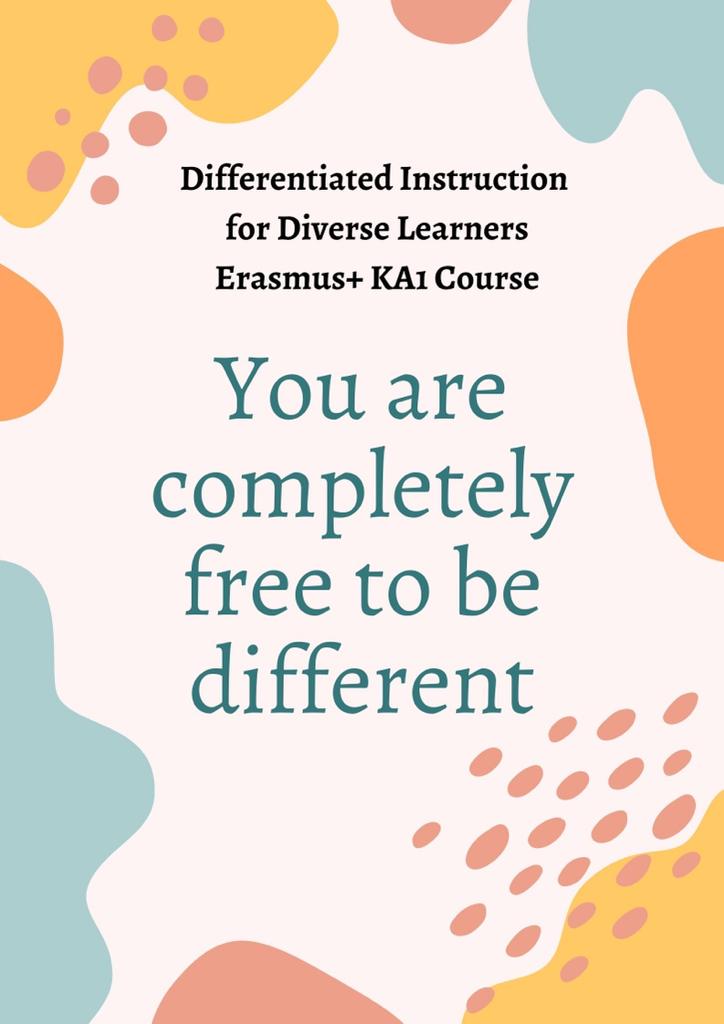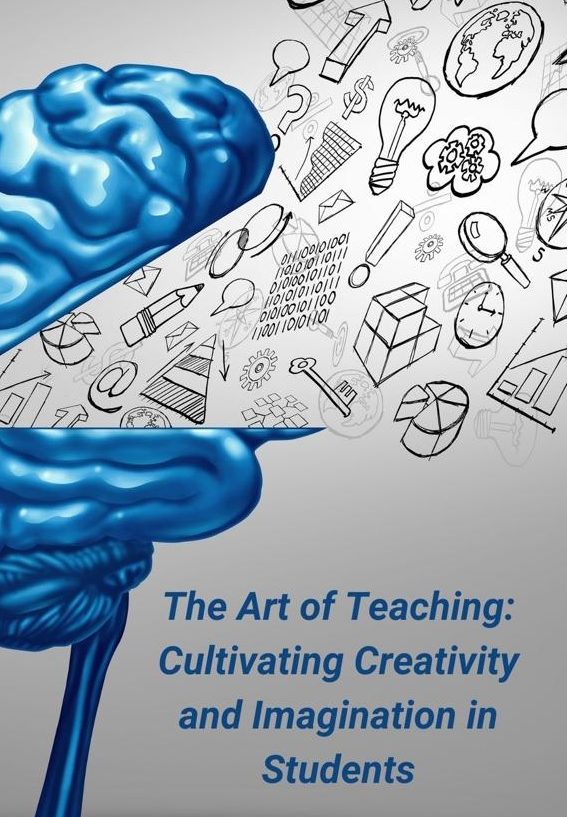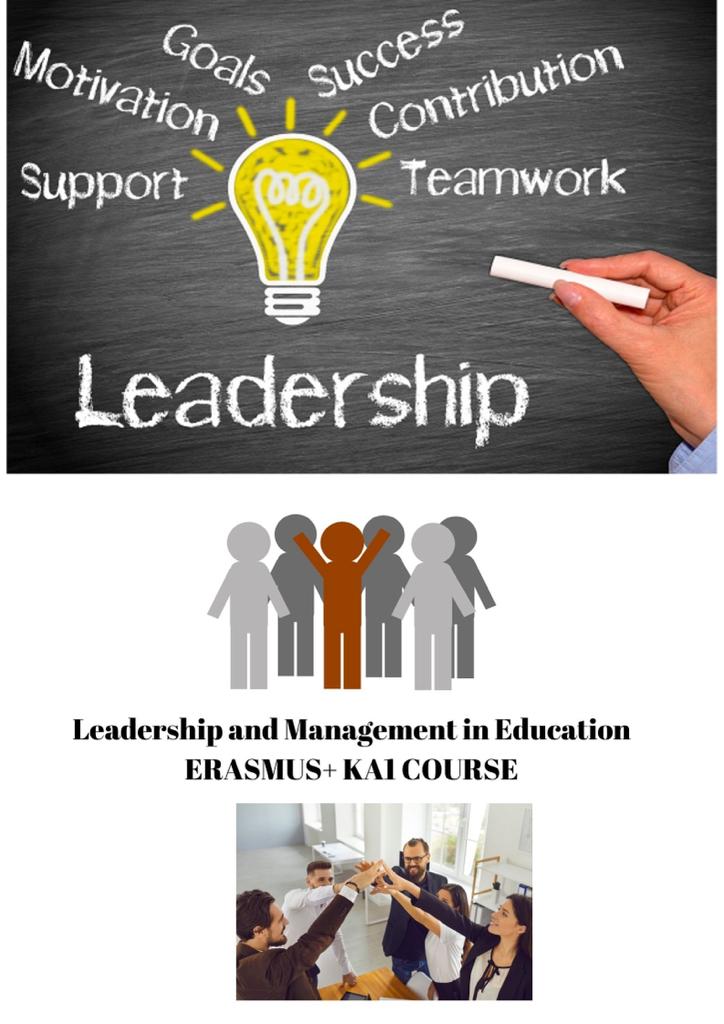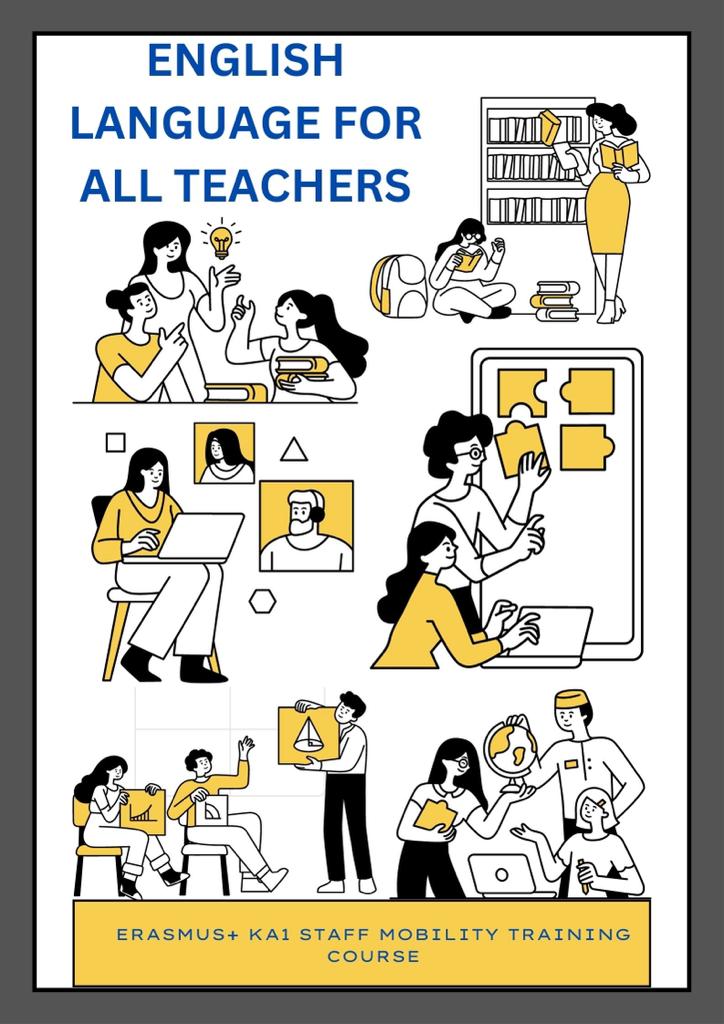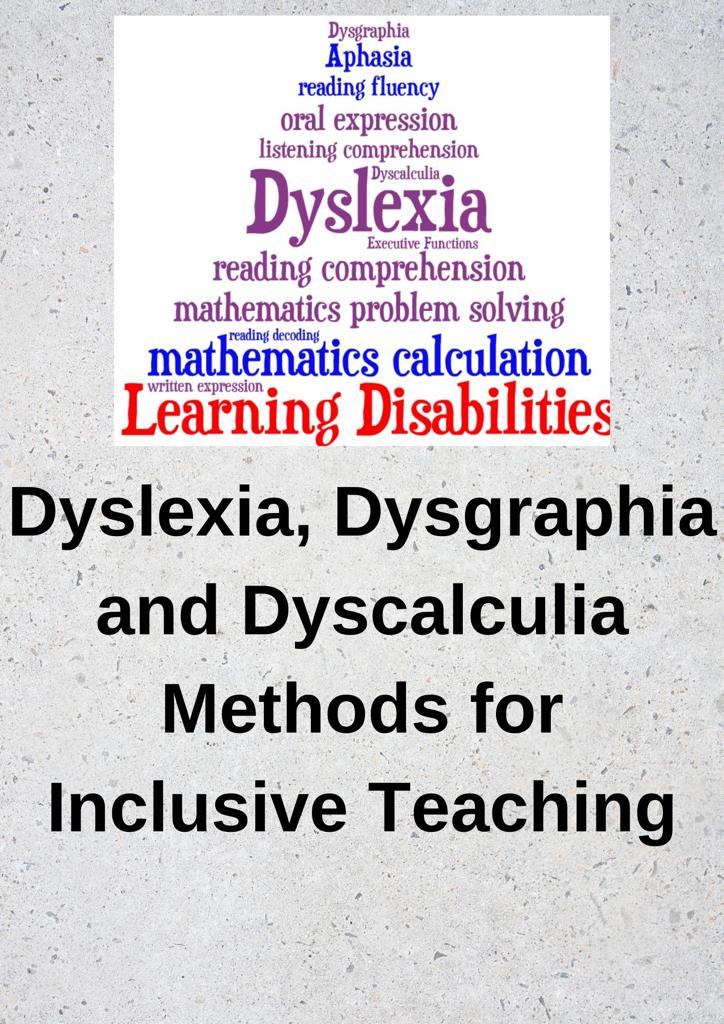| Course Description | ” Content and Language Integrated Learning” (CLIL) is an advanced course for teachers who want to enhance their teaching practice by integrating language instruction into their content-based curriculum. The course is designed for educators who teach subjects such as science, math, social studies, and other content areas in a foreign language or bilingual setting.
The course will provide teachers with an in-depth understanding of the principles and practices of CLIL. Participants will learn to design, plan, and implement CLIL lessons that are both engaging and effective. Through interactive lessons, discussions, and hands-on activities, teachers will learn how to integrate language instruction into subject-specific content and assess student progress in a CLIL setting. The course will also cover ways to adapt instruction to meet the needs of diverse learners, including those who are second language learners. Participants will also have the opportunity to develop their own CLIL lesson plans and receive feedback from the course instructor. The course will also include a review of the latest research and best practices in CLIL instruction. By the end of the course, teachers will have the knowledge and skills necessary to design and implement effective CLIL instruction in their classroom. They will also have the confidence and resources to continue to improve their CLIL instruction in the future. This course is ideal for teachers who want to take their teaching practice to the next level and provide their students with an engaging and effective bilingual education. |
| Methodologies Of The Course | “Content and Language Integrated Learning” (CLIL) course will use a variety of methodologies to ensure that participants receive a well-rounded and comprehensive learning experience. These methodologies may include the following:
Interactive Lectures: Participants will engage in interactive lectures that provide an overview of the principles and practices of CLIL. These lectures will include discussions, group activities, and real-world examples to help participants understand the concepts being presented. Hands-on Activities: Participants will have the opportunity to engage in hands-on activities that allow them to apply the concepts they have learned in the lectures. These activities might include designing and planning CLIL lessons, integrating language instruction into content-based curriculum, and adapting instruction to meet the needs of diverse learners. Lesson Planning and Feedback: Participants will have the opportunity to develop their own CLIL lesson plans and receive feedback from the course instructor. This will help them apply the concepts they have learned in the course to their own teaching practice. Research and Best Practices: The course will include a review of the latest research and best practices in CLIL instruction. This will help participants stay current with the latest developments in the field and ensure that they are using evidence-based practices in their teaching. Collaboration and Discussion: The course will include opportunities for collaboration and discussion among participants. This will allow teachers to share their experiences, ask questions, and provide feedback to one another. This will also foster a sense of community among participants and provide a valuable source of support as they implement CLIL instruction in their classrooms. Online Resources and Self-Study: Participants will also have access to online resources and self-study materials, such as videos, articles, and readings, which they can use to further their understanding of CLIL instruction. These methodologies will allow participants to learn about the CLIL approach in a dynamic, interactive, and applied way, and to gain the skills and knowledge necessary to implement CLIL instruction in their classrooms with confidence. |
| Learning Outcomes | At the end of a CLIL course, participants will be able to:
a. Understand and engage with subject-matter content in the target language: This includes being able to read, listen to, and speak about content-related topics with a high level of comprehension and fluency.
b. Communicate effectively in the target language: This includes being able to use the target language to express ideas, opinions, and information in a clear and appropriate manner.
c. Use language learning strategies: This includes being able to use effective strategies for vocabulary acquisition, grammar, and language learning in general.
d. Develop cultural awareness: This includes being able to understand and appreciate the cultural context in which the target language is used, as well as being able to communicate appropriately with native speakers of the language.
e. Develop critical thinking and problem-solving skills: This includes being able to analyze and evaluate content-related information, and to use this information to solve problems and make decisions.
f. Apply their language and content knowledge in real-world contexts: This includes being able to use their language and content knowledge in real-world situations, such as in a job or in academic or professional settings.
g. Plan and deliver effective instruction: This includes being able to design and implement lesson plans that integrate language instruction with subject-matter content, and to use a variety of teaching methods and techniques to engage and motivate students.
h. Use assessment strategies: This includes being able to use a variety of assessment strategies, such as formative and summative assessments, to evaluate student progress and adjust instruction accordingly.
i. Use technology: This includes being able to use technology, such as interactive whiteboards, multimedia resources, and language learning software, to enhance instruction and support student learning.
j. Create a supportive learning environment: This includes being able to create a positive and inclusive classroom environment that encourages student participation and fosters a sense of community among learners.
k. Adapt instruction to meet the needs of diverse learners: This includes being able to differentiate instruction to meet the needs of students with different learning styles, abilities, and backgrounds, and to make accommodations for students with special needs.
l. Continuously improve their teaching practice: This includes being able to reflect on their teaching practice, seek feedback, and engage in professional development opportunities to improve their skills and knowledge. |
| Objectives | The course aims to enhance the skills of the participants to:
a. Develop students’ language skills in the target language: This includes developing their ability to understand, speak, read, and write in the target language.
b. Improve students’ subject-matter knowledge: This includes improving their understanding and knowledge of the content area being taught in the target language.
c. Promote cross-cultural understanding: This includes helping students to understand and appreciate the cultural context in which the target language is used and to be able to communicate appropriately with native speakers of the language.
d. Encourage students to think critically and solve problems: This includes developing their ability to analyze and evaluate information and use it to solve problems and make decisions.
e. Provide students with the opportunity to apply their language and content knowledge in real-world contexts: This includes giving them opportunities to use their language and content knowledge in real-world situations, such as in a job or in academic or professional settings.
f. Enhance the teachers ability to deliver effective instruction and assessment in a CLIL context, and continuously improve their teaching practice.
g. Promote the integration of language and content learning in the curriculum, making the language a tool for learning, not an end in itself. |
| Language | English |
| Duration | 5 Days |
| Type of Certification Awarded |
|
Schedule of the activities
|
Online Meeting Program |
Room for improvement – what the needs of your institution are, what you need to learn: adjusting course learning outcomes and activities as needed |
| Day 1 | Introduction to CLIL
|
| Day 2 | Planning for CLIL instruction
|
| Day 3 | Delivering CLIL instruction
|
| Day 4 | Assessing CLIL instruction
|
| Day 5 |
Reflecting and Improving CLIL instruction
|
| Online meeting | Araxa Edu supports your dissemination activities
|
| Course Fee | The course fee is 80 Euros per participant per day.
This fee does not cover some expenses like accommodation or travel etc. Costs covering enrolment fees for staff mobility format ‘Courses and training’. ( Source: Erasmus+ Program Guide) |
|
PLANNED |
İstanbul, Türkiye
1. May 13-17, 2024 2. June 10-14, 2024 3. July 08-12, 2024 4. August 12-16, 2024 5. September 09-13, 2024 6. October 07-11, 2024 7. November 04-08, 2024 8. December 02-06, 2024
Alanya, Türkiye 1. May 20-24, 2024 2. June 17-21, 2024 3. July 15-19, 2024 4. August 19-23, 2024 5. September 16-20, 2024 6. October 14-18, 2024 7. November 11-15, 2024 8. December 09-13, 2024
Antalya, Türkiye 1. May 27-31, 2024 2. June 24-28, 2024 3. July 22-26, 2024 4. August 26-30, 2024 5. September 23-27, 2024 6. October 21-25, 2024 7. November 18-22, 2024 8. December 16-20, 2024
Rome, Italy 1. June 03-07, 2024 2. July 01-05, 2024 3. July 29-August 02, 2024 4. August 05-09, 2024 5. September 02-06, 2024 6. September 30-October 04, 2024 7. November 25-29, 2024 8. December 23-27, 2024
Paris, France 1. June 10-14, 2024 2. July 08-12, 2024 3. August 12-16, 2024 4. September 09-13, 2024 5. October 07-11, 2024 6. November 04-08, 2024 7. December 02-06, 2024 8. December 30-January 03, 2024
Prague, Czech Republic 1. June 17-21, 2024 2. July 15-19, 2024 3. August 19-23, 2024 4. September 16-20, 2024 5. October 14-18, 2024 6. November 11-15, 2024 7. December 09-13, 2024 8. January 06-10, 2025
Barcelona, Spain 1. June 24-28, 2024 2. July 22-26, 2024 3. August 26-30, 2024 4. September 23-27, 2024 5. October 21-25, 2024 6. November 18-22, 2024 7. December 16-20, 2024 8. January 13-17, 2025
Thessaloniki, Greece 1. July 01-05, 2024 2. July 29-August 02, 2024 3. August 05-09, 2024 4. September 02-06, 2024 5. September 30-October 04, 2024 6. October 28-November 01, 2024 7. November 25-29, 2024 8. December 23-27, 2024
Lisbon, Portugal 1. July 08-12, 2024 2. August 12-16, 2024 3. September 09-13, 2024 4. October 07-11, 2024 5. November 04-08, 2024 6. December 02-06, 2024 7. December 30-January 03, 2025 8. January 27-31, 2025 |
You can also make requests for different dates and locations when filling out the pre-registration form, aside from the planned program.
Enhance your teaching practice with the Erasmus+ KA1 Course: “Content and Language Integrated Learning” (CLIL). Designed for educators eager to integrate language instruction into their content-based curriculum, this advanced course caters to teachers of subjects like science, math, social studies, and more, in foreign language or bilingual settings.
Delve into the principles and practices of CLIL with our comprehensive curriculum. Gain valuable insights into designing, planning, and implementing engaging CLIL lessons. Through interactive sessions, discussions, and hands-on activities, participants will learn how to seamlessly integrate language instruction into subject-specific content while effectively assessing student progress.
Our course emphasizes adaptability, ensuring teachers can meet the diverse needs of learners, including second language learners. Participants will have the opportunity to develop their own CLIL lesson plans and receive personalized feedback from experienced instructors.
Stay ahead of the curve with the latest research and best practices in CLIL instruction, equipping yourself with the knowledge and skills to deliver impactful bilingual education. By the course’s end, you’ll be empowered to elevate your teaching practice and provide students with a stimulating and effective learning experience.
Enroll in the Erasmus+ KA1 Course







